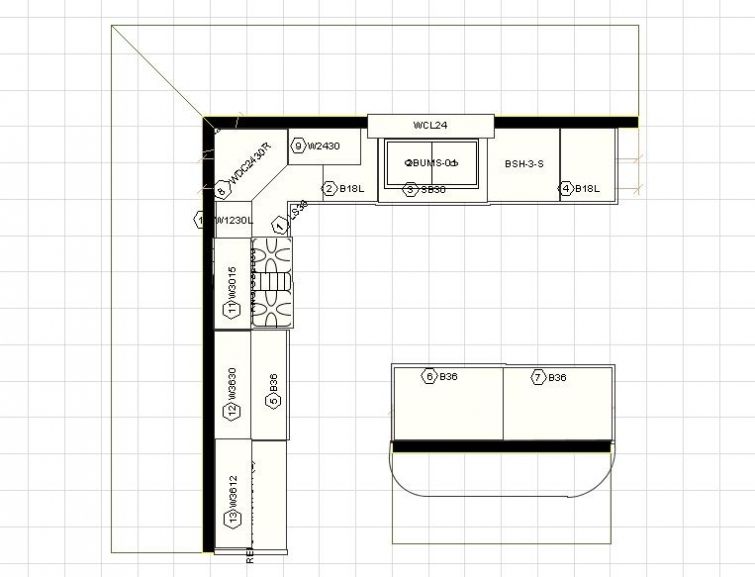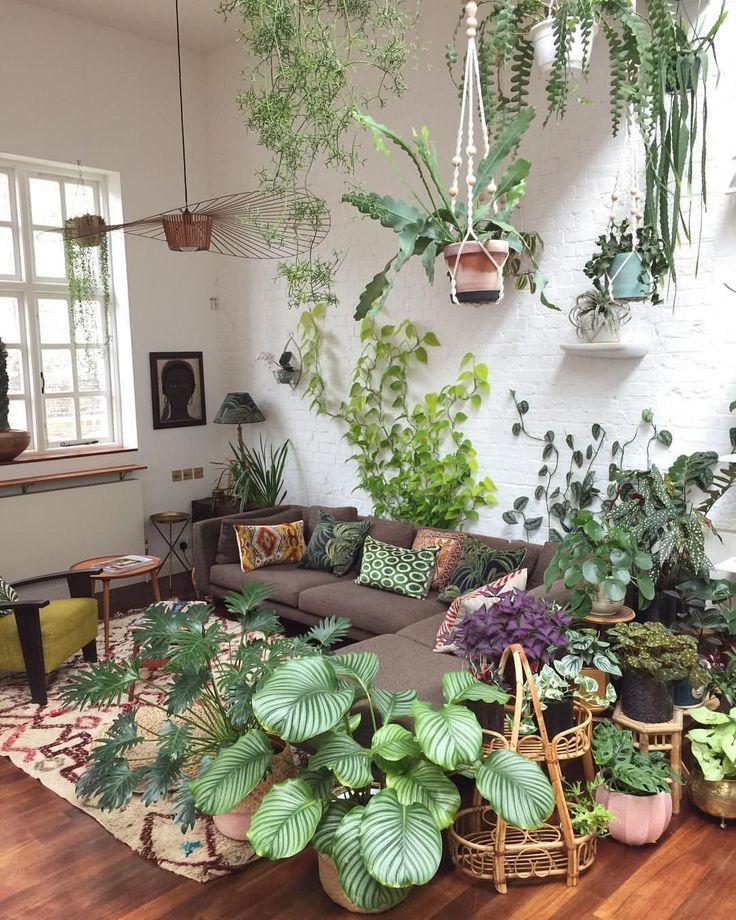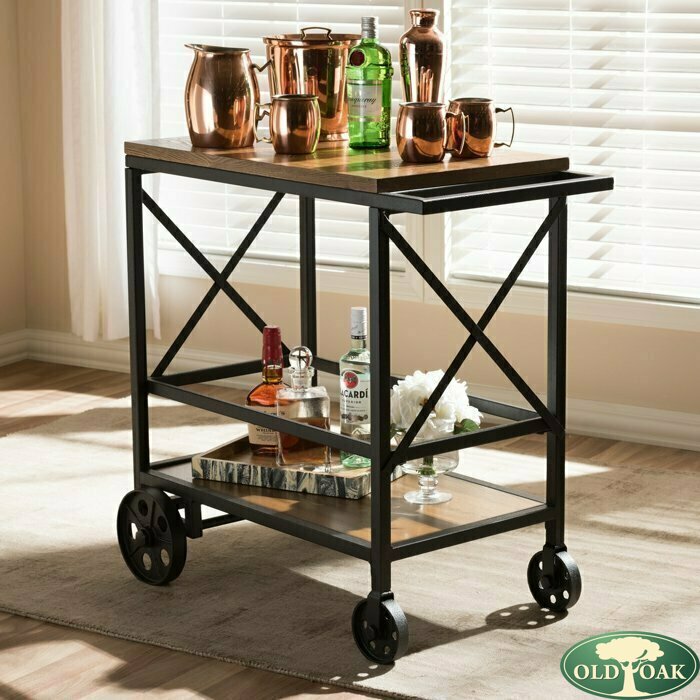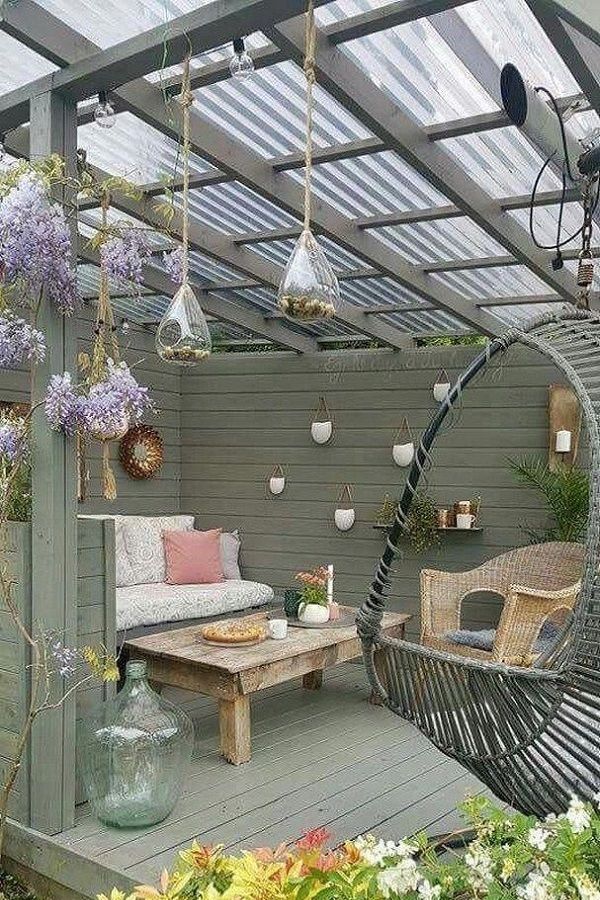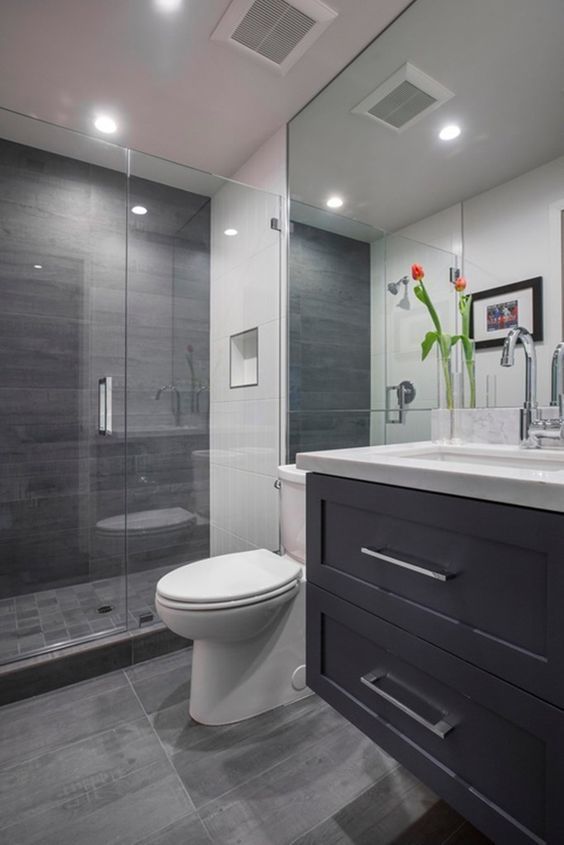Designing a dining room tips
How to design a dining room – 10 expert tips to the perfect space for entertaining
(Image credit: Farrow & Ball)
Looking for expert tips on how to design a dining room? They can be tricky spaces to get right dining rooms, there needs to be a balance between function (checking it seats the right of people for your needs, has the right layout so everyone can maneuver themselves around all the furniture that is needed) and form (ensuring the room will wow your guest and gets the ambiance spot on for the vibe you want to create). But don't worry, we've asked the experts on how to design a dining room that gets that balance spot on.
So whether you have a separate dining room you are decorating solely with the purpose of it being a glamourous space to host, or if your set up is a kitchen diner, all of these tips will help you make the important decisions on color, furniture, layout and more...
1. Decide on the function of your dining room
(Image credit: Paul Craig)
If you are starting totally from scratch with your dining room, before jumping into color schemes and wallpaper patterns, ask yourself what is the room's main function? Is it just for dinner parties or will you be eating casual family meals in there too? Will it ever need to double as a workspace now we are WFH a whole lot more? How many people will you need to seat? Do you want to create an intimate space or something formal and elegant?
Essentially you need to decide who, how, and when the space will be used and let those decisions dictate the furniture you choose, the color scheme, and the layout. If you are unsure where to start, we'd recommend going old school with a mood board – save images you like or take them out of magazines and you'll soon start to see a theme occurring. Take inspiration from your favorite bars and restaurants too as these are great sources for quirky decor.
'We always start by asking our clients how often they use the dining room, how many people would typically be seated at the table and the nature of these dinners – whether they are formal, plated meals, buffets from an adjacent surface or passing dishes around the table.' says Brenda Izen of Izen Architecture .
'Their answers will dictate the size and proportions of the room. If they need flexibility in table size, such as the ability to extend the table, this will help to determine room adjacencies. We also work toward an overall look and feel of the space and establish what the main accents will be. Sometimes it’s the light fixture, sometimes it’s a wall or ceiling treatment, sometimes it’s a color brought in with the chairs or window coverings.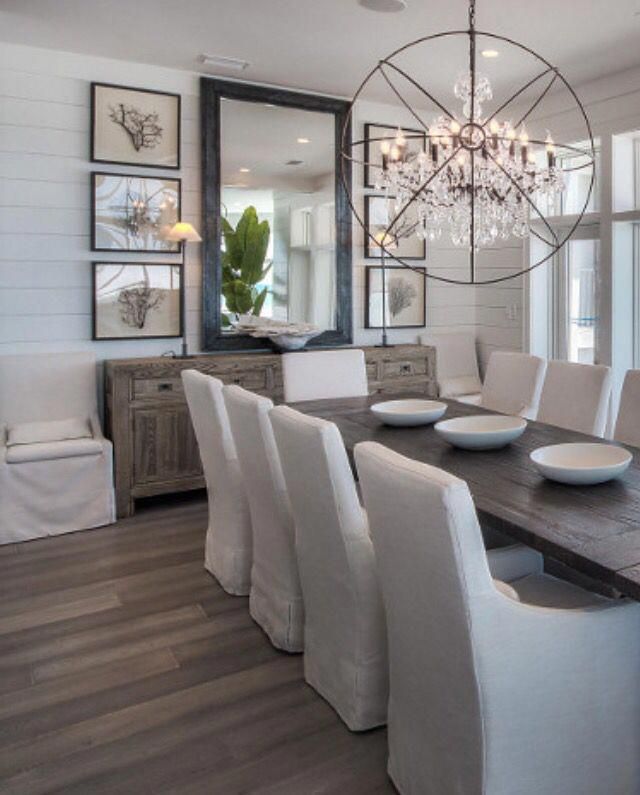 '
'
2. Get your dining room flooring right
(Image credit: Stacy Zarin Goldberg)
Maybe you are sticking with the floors you have inherited, but practical as it may sound flooring in a dining room is a key element to make sure it functions well. A dining room floor should not only look lovely, but it also needs to work hard too, these rooms are high-traffic spaces and are susceptible to spills and stains too.
'When it comes to choosing flooring for your dining room, there are three main things to consider: style and design, durability and ease of cleaning.' explains David Snazel of Carpetright .
'Dining rooms usually see a lot of traffic, so it’s best to opt for high quality, durable flooring that is low maintenance and will stand the test of time. It is likely there will be spills and splashes from food and drinks so choosing a material that is easy to clean is essential, particularly when entertaining. Darker designs and styles will be a little more forgiving to everyday marks. '
'
'Hard flooring is a popular option in many homes that often host guests. Engineered wood is a premium solution providing a durable and attractive finish. If you want to add a tactile touch underfoot, layer rugs to add interest with color and pattern.'
3. Plan for plenty of lighting
(Image credit: Ti Archive)
Plan your dining room lighting early on in the design process because it's a really important element as it will set the tone for the whole room. You want to make sure there's enough light so your guests don't appear to be sat in a cave, but you still want it to feel glowy and ambient. Avoid any really strong downlights as not only will they create awkward shadows, they'll spotlight on a single space rather than disperse a low light throughout the room.
Opt for plenty of light sources – a chandelier or a pendant light looks lovely above a dining table, making it the clear focal point of the room but add in lights around the edges of the room at eye level too in the form of lamps or sconces.
If the room is used for more practical tasks like working, or if it's your many dining space that you use day to day, consider going for dimmer switches so you can easily change the mood of the room depending on what it's being used for.
4. Pick the perfect color scheme
(Image credit: Ti Archive)
Moving on from the move practical aspects of designing a dining room to the more fun and creative decisions. First up color. The dining room color scheme you choose will come down the overall feel you want to create in the room – are you thinking dark and sumptuous or bright and airy?
Again, these decisions will come down to how often you use the room and at what time of day. If you often use it for breakfasts and lunches, going super dark might be a bit intense, maybe stick with neutrals or experiment with blues and greens. But if it's solely a place for entertaining of an evening, we say be brave with something deep and rich.
'Dining rooms are often used for more formal social gatherings such as evening dinner parties and therefore tend to be the domain of more ambient lighting such as candles & table lamps so think of colors that deliver richness and dare it be said, glamour!' says Patrick O’Donnell of Farrow & Ball .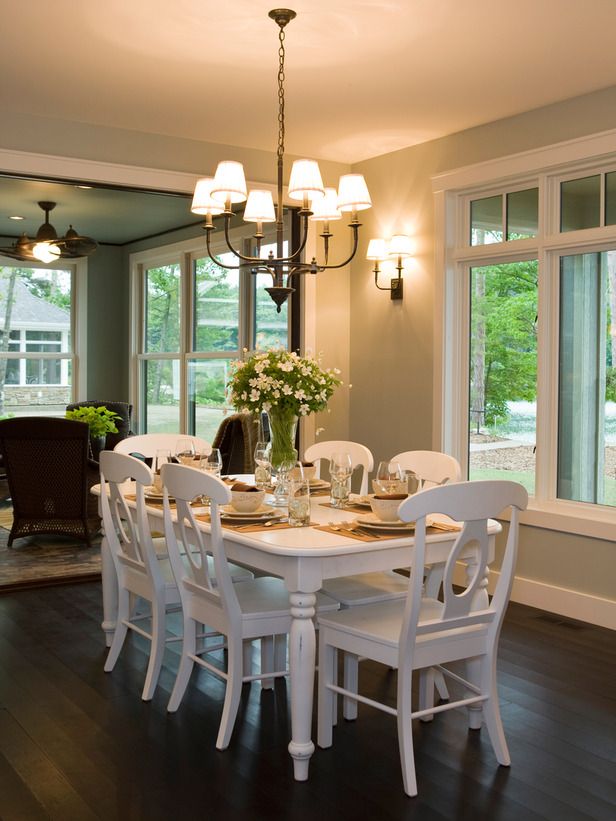
'Red was often the preferred color for dining rooms in the 1990s, the color red apparently helps your metabolism! To revisit this tried and tested formula but for a more discerning look, consider the supersaturated Bordeaux red, Preference Red, a decadent, deep wine red that will envelop you in its richness. Use a softer white for your trim as clean whites can be too stark with reds such as Stony Ground whose earthy hue will complement beautifully.'
5. Or add pattern with a wallpaper
(Image credit: Douglas Friedman | Trunk Archive)
Paint isn't the only thing that can bring together a color scheme, dining room wallpaper is a really easy way to bring pattern, color, and texture into a space. We love the fresh, bright colors and prints going on in this space, proving our point that dining rooms are not the rooms to play it safe, have fun with it and choose unexpected patterns that would just be too over the top for your more lived-in rooms.
'As a place that combines food, wine and all your favorite people, the dining room is uniquely important and deserves to make a statement.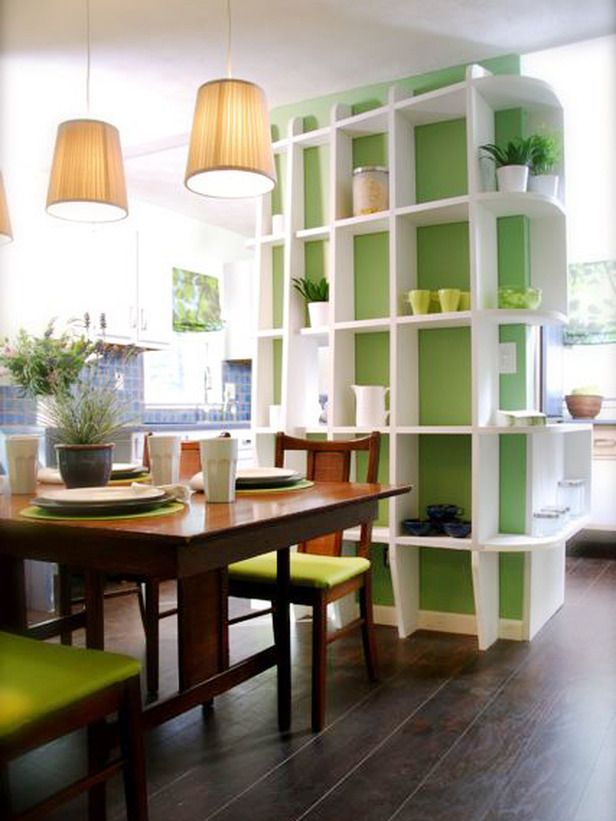 Therefore, a beautiful wallpaper or wall mural is always a great idea.' advises Lucy St George, Co-founder of Rockett St George .
Therefore, a beautiful wallpaper or wall mural is always a great idea.' advises Lucy St George, Co-founder of Rockett St George .
'Introducing an instant hit of color and pattern, wallpaper has the power to instantly change the atmosphere of a space, evoke memories or whisk you away to a beautiful destination. When it comes to selecting a wallpaper for your dining space, we would always recommend going bold. A beautifully bold wallpaper, whether botanical, geometric or abstract helps spark conversation and provides the perfect backdrop for dinner party entertaining. As an added bonus, the pop of color and pattern that wallpaper brings also helps to make every everyday family meals a special occasion.'
6. Find the perfect dining room furniture
(Image credit: 2LG Studio)
It's got to the be the key part of designing a dining room – the dining room table and chairs. And it's not a decision to make quickly, really think about what size and shape will suit your space best.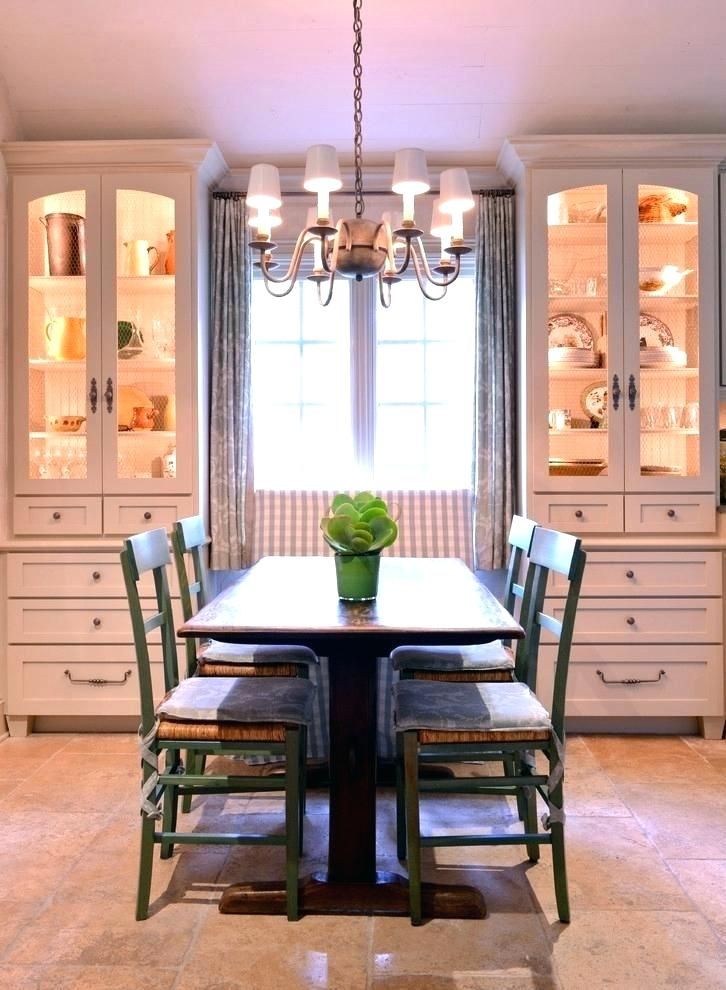 Think about how many people you need to seat when you host? Would an expandable table be the best option or a circular table so you have some flexibility on what the chairs can go?
Think about how many people you need to seat when you host? Would an expandable table be the best option or a circular table so you have some flexibility on what the chairs can go?
We'd go as far as to suggest putting down masking tape in the shape and size of your potential buys so you can see how it would look in the space and how easily you can move around it.
And check it's all going to be to scale too, you don't want a tiny table floating in a sea of floor so if your room is more spacious choose a long rectangular design that's going to fill the space nicely. 'When designing a dining room, think of comfort first, we always try to imagine a long cozy dinner party so comfy chairs and a BIG table are a must. Also a connection to the garden, here we use a malachite green as the dining room is right next to the french doors into the garden beyond.' recommend Jordan Cluroe and Russell Whitehead founders of 2LG Studio.
7. Choose the right layout
(Image credit: Future)
It might appear that you are quite limited when it comes to dining room layouts – table in the center, chairs around the edge is there any more to it? Well yes, this setup makes sense but it's not the only option, especially if your dining room is small and it's important to factor in other pieces of furniture and seating and also you might want to consider the room's aspect too.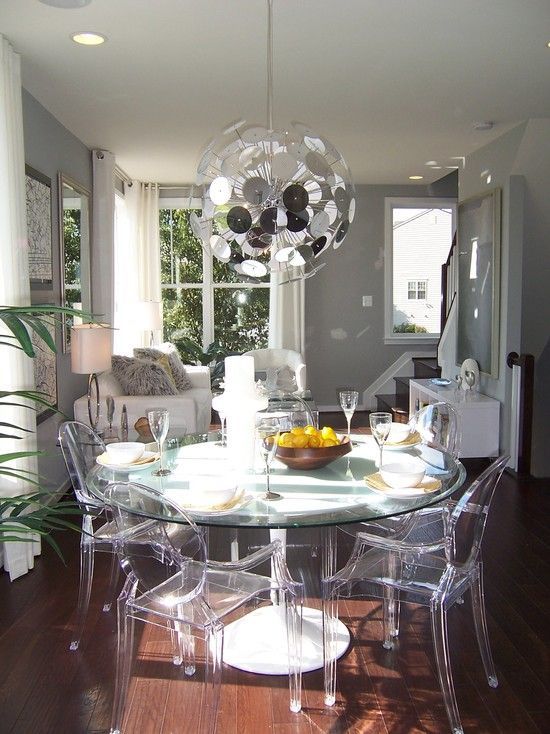
In a smaller dining room, you might want to up to coziness by placing the dining space in one corner – mixing a circular table with a couple of chairs and a built-in banquette. You then have room to potentially add in a second seating area with a love seat and a bar cart that feels like a different zone within the room.
And in larger dining rooms, float the table in the center and adding bookshelves or console tables at the edge of the room that can double up as storage for glassware and crockery. Emily Henderson's key rule when it comes to dining room layouts is always 'give 30″ to 36″ of a walkway between large furniture pieces (if your dining room allows for it) if not then at least 18″-24″. Make sure you have at least 24″ of space all the way around your dining room table so that people can move freely around it without having to bump everyone at the dinner party on their way to use the powder room.'
8. Bring in practical (but beautiful) storage pieces
(Image credit: Alexander James)
Speaking of storage, it can be useful to have some extra surface space for drinks and decor and a place to store glassware or crockery.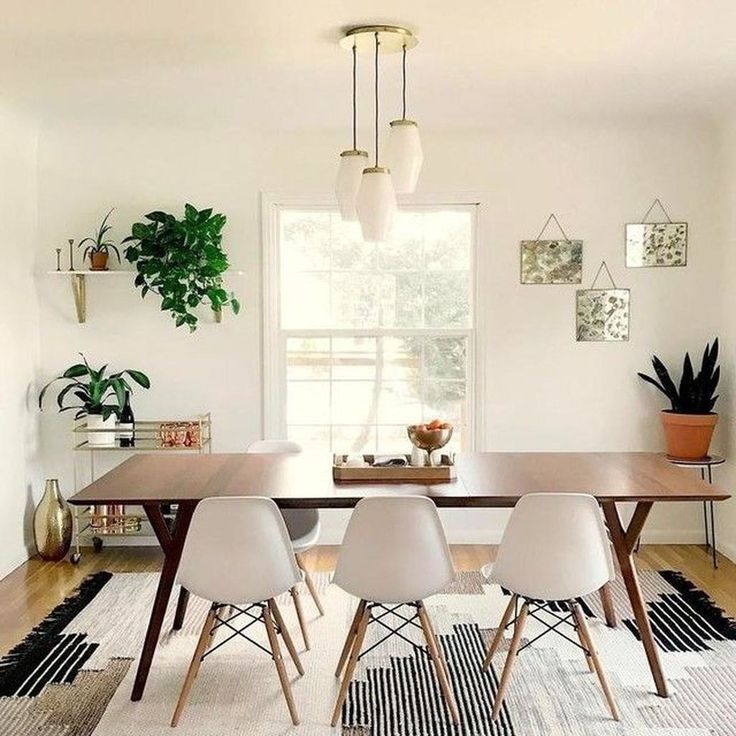 Ben Burbidge of Kitchen Makers says 'good storage is an essential part of a modern dining room. It can help to make your space feel relaxed and, if intelligently designed, means elements such as drinks, cutlery, and crockery are within easy reach yet still discreetly hidden for a relaxed and informal feel. For those that love to socialize including a freestanding larder style cupboard, which could incorporate an integrated wine rack, will make a practical and stylish addition to the dining experience.'
Ben Burbidge of Kitchen Makers says 'good storage is an essential part of a modern dining room. It can help to make your space feel relaxed and, if intelligently designed, means elements such as drinks, cutlery, and crockery are within easy reach yet still discreetly hidden for a relaxed and informal feel. For those that love to socialize including a freestanding larder style cupboard, which could incorporate an integrated wine rack, will make a practical and stylish addition to the dining experience.'
Console tables also make for great storage in a dining room and provide a spot for adding extra lighting and bringing in some decor into a room that most furniture has to be kept clear of clutter. The key to getting this right is to always make sure your console table is higher than the dining table so your eye is drawn to the display and not interrupted by the table.
9. Add softness with a large area rug
(Image credit: Paul Massey)
Rugs are a lovely way to ground a dining table and add in some texture, pattern and color.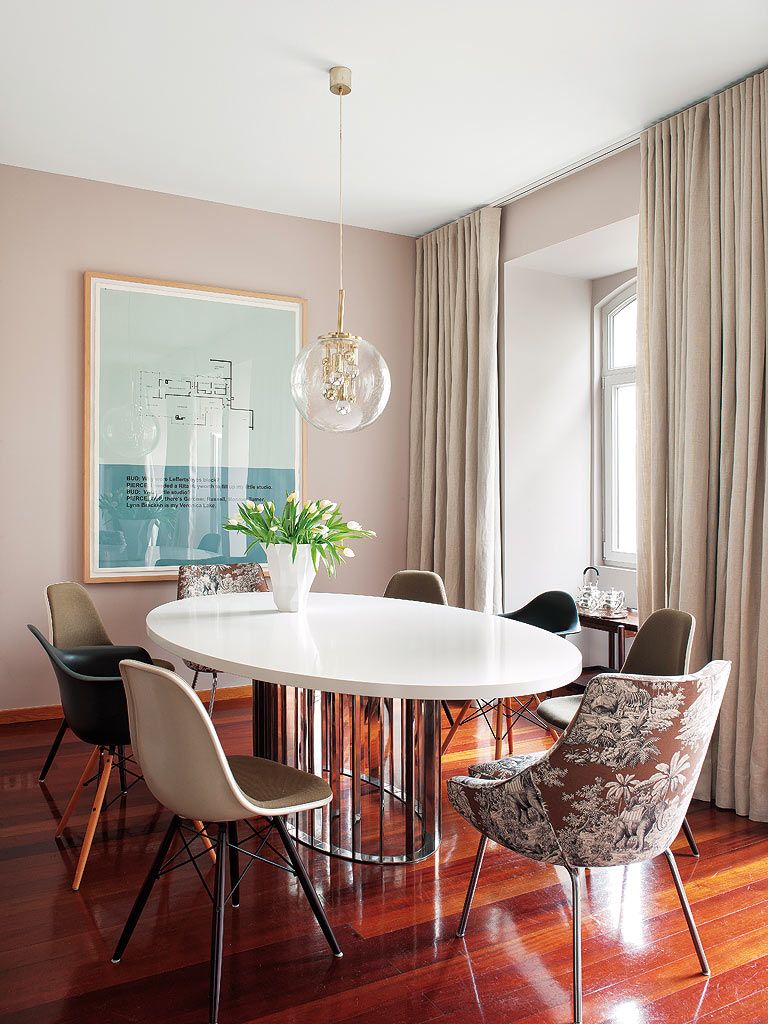 The key is to get the right size so your dining table and all the chairs sit comfortably on top but there's still some floor to be seen. Emily's rule on rugs in dining rooms is to 'allow at least 36″ from the edge of your table to the edge of the rug. The average dining table will need a rug that’s at least 8′ wide. This gives you room to pull out your chairs without falling off the rug.'
The key is to get the right size so your dining table and all the chairs sit comfortably on top but there's still some floor to be seen. Emily's rule on rugs in dining rooms is to 'allow at least 36″ from the edge of your table to the edge of the rug. The average dining table will need a rug that’s at least 8′ wide. This gives you room to pull out your chairs without falling off the rug.'
Think about fabrics too. Avoid anything long pile as dining rooms are of course spaces for eating and drinking so spills and stains are inevitable. Pick something that's hardwearing like jute.
10. Inject some personality
(Image credit: Naomi Finlay)
Then it's just about decor. Bringing your personal style into the space. We are a big fan of gallery walls in a dining room, mostly because they add so much personality to a room, and yet they take up zero floor space and you can switch them out as often as you like to change the vibe.
'Due to the proportions of a typical dining room, it often provides the largest, blank wall in a house and is an amazing opportunity for a place to hang either a large piece of art or a series, and the art has a captive audience!' says Brenda.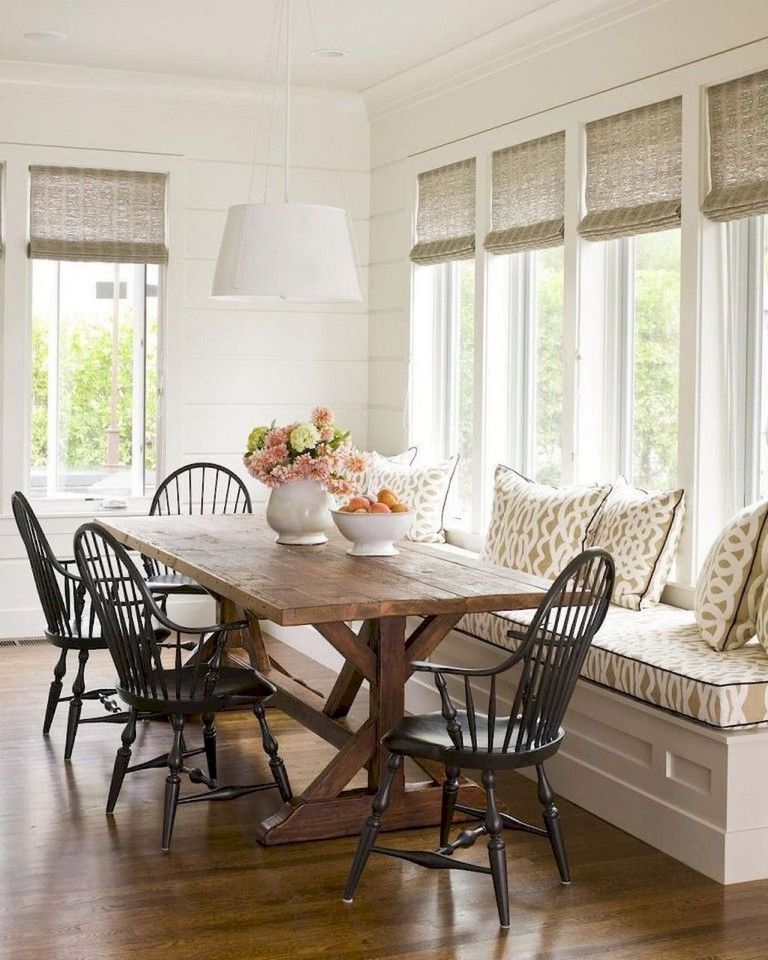
Plan out the layout on the floor before you start hanging anything, and don't just stick to a uniform grid, mix and match frames and hang them slightly more randomly for a more informal, on-trend l look. And bring in objects amongst the prints too – plates work nicely in a dining room and give a gallery wall more texture and interest.
What is the best layout for a dining room?
The best layout for a dining room will depend on the size of your room and the atmosphere you want to create. If you want to go elegant and formal, we'd recommend keeping it simple with a long rectangular table running down the center and a comfortable amount of chairs so your guests all have enough space. Consider adding a console table at one end of the room and add a couple of tall lamps to create a symmetrical feel that always adds extra elegance.
If you have a small dining room, or you just want to create something more cozy and intimate opt for a circular table and either keep it center if you have the space and ground it with a circular rug or take it slightly to one corner and use the rest of the room as a more informal gathering space to entertain before you eat.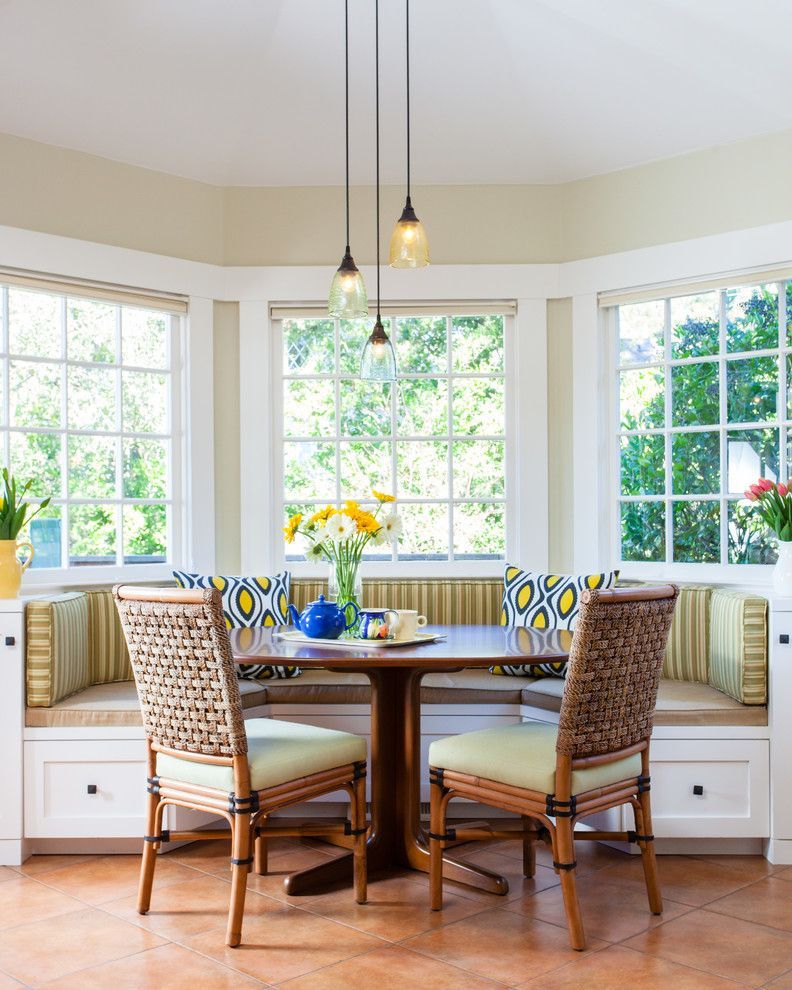 Add in a love seat and a bar cart too.
Add in a love seat and a bar cart too.
What do you need to include in a dining room?
'Comfortable chairs are a must. It’s only a successful dinner if you can sit for several hours without getting shifty. Lighting is also incredibly important and the ability to modify the lighting depending on the setting. We like to incorporate different lighting sources together – pot lights, a central fixture, integrated millwork lighting and sometimes even sconces.' says Brenda Izen.
Adding storage in the form of a dresser, console table or credenza is always handy for drinks and extra crockery. And even if you are squeezed for space, a drinks trolley can hold glasses and bottles so you aren't having to constantly go back to the kitchen for top ups.
And candles are an essential for us too! Unscented taper candles would be our go-to and dot around tea lights in pretty holders too, they will disperse a lovely glowy light across whatever surface you put them on.
Hebe is the Digital Editor of Livingetc; she has a background in lifestyle and interior journalism and a passion for renovating small spaces.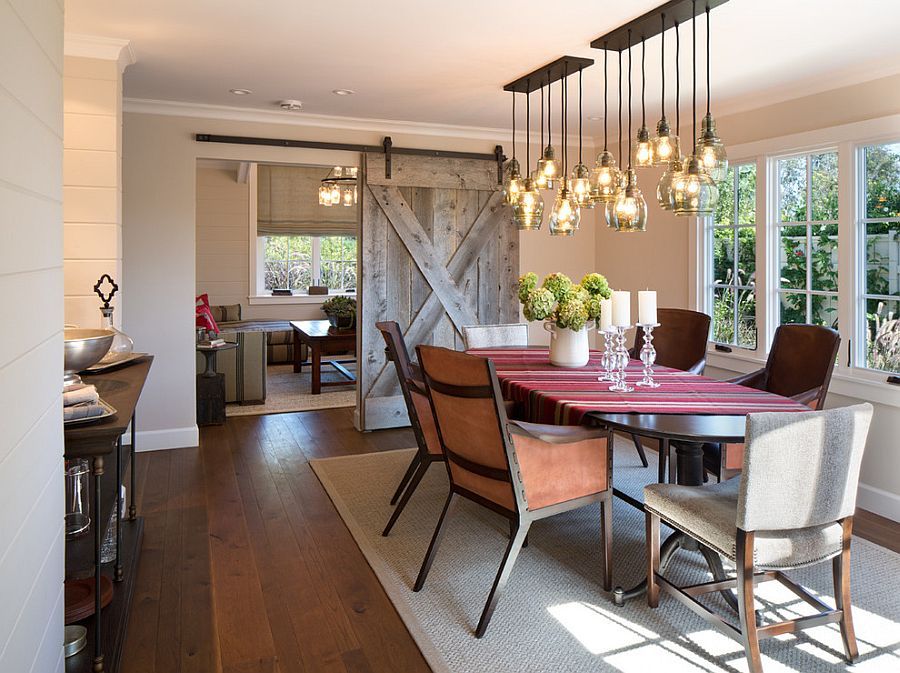 You'll usually find her attempting DIY, whether it's spray painting her whole kitchen, don't try that at home, or ever changing the wallpaper in her hallway. Livingetc has been such a huge inspiration and has influenced Hebe's style since she moved into her first rental and finally had a small amount of control over the decor and now loves being able to help others make decisions when decorating their own homes. Last year she moved from renting to owning her first teeny tiny Edwardian flat in London with her whippet Willow (who yes she chose to match her interiors...) and is already on the lookout for her next project.
You'll usually find her attempting DIY, whether it's spray painting her whole kitchen, don't try that at home, or ever changing the wallpaper in her hallway. Livingetc has been such a huge inspiration and has influenced Hebe's style since she moved into her first rental and finally had a small amount of control over the decor and now loves being able to help others make decisions when decorating their own homes. Last year she moved from renting to owning her first teeny tiny Edwardian flat in London with her whippet Willow (who yes she chose to match her interiors...) and is already on the lookout for her next project.
6 Simple Tips to Follow
We’ve had a lot of time the last couple of years to think about what’s important in life. Now more than ever, we understand the benefits of connecting with our loved ones… in person!
If you think about it, dining rooms are indeed the heart of our homes. They are the spaces where we share good times with family and friends and indulge in everything entertaining, from cooking delicious meals to enjoying lively conversation. A beautiful dining area — one that reflects your taste and style — makes the experience even sweeter.
A beautiful dining area — one that reflects your taste and style — makes the experience even sweeter.
Now, imagine the perfect dining room decor. Whether it’s a stand-alone room or part of an open concept, your dining area should be practical, functional – and beautiful! Here are six tips to get you started:
Six Dining Room Decor Tips
- Allow the Architectural Details to Guide you
- Think of Space and Scale
- Mix Different Styles of Furniture
- Find the Perfect Area Rug for Your Dining Table
- Choosing Dining Room Light Fixtures
- Choosing Dining Room Wall Décor
1. Allow the architectural details of your home to guide you
Always pick the style of wood and fabric that mimics the design of your home.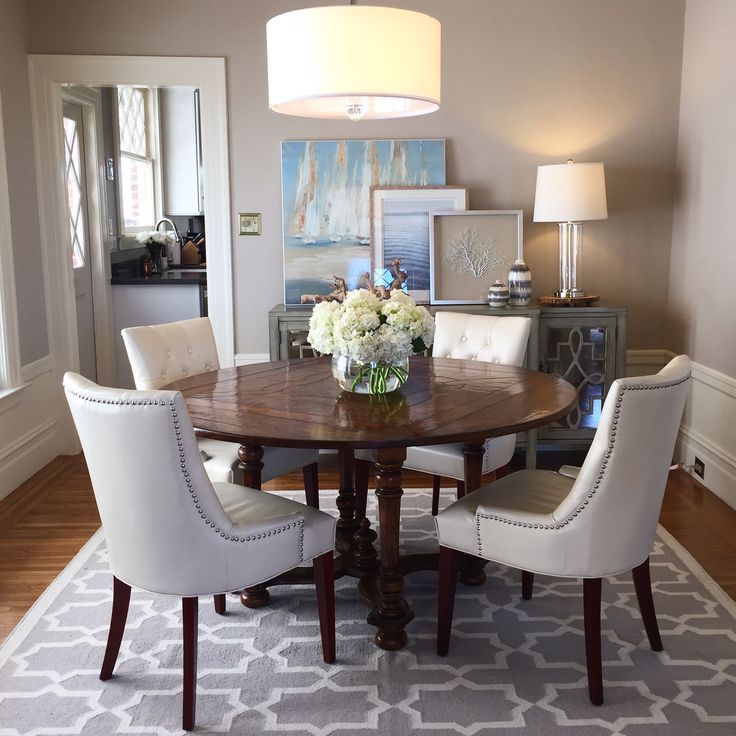 It will add character to your room and make a statement!
It will add character to your room and make a statement!
This doesn’t mean if you live in an 1820 country house that you may not have a contemporary dining room! Mixing interior design styles and times works as long as the contrasting style is visually contained within the room.
If you have a lovely stone farmhouse and long for a glass and chrome dining set, go ahead. However, perhaps add some french doors to the dining room to confine the style within the room.
2. Think of space and scale
You might find it challenging when you begin planning your new dining room, but furniture placement can be painless if you create a wishlist and a plan. Your planning process will be much easier if you think of the shape of the room and your traffic pattern.
What’s the perfect table size?
Designer Zeina Badawi says 42 ’’ is the ideal width for a table; it allows for the perfect table setup. Including dishes, table centrepieces, glassware, candles, wine bottles, and great conversation.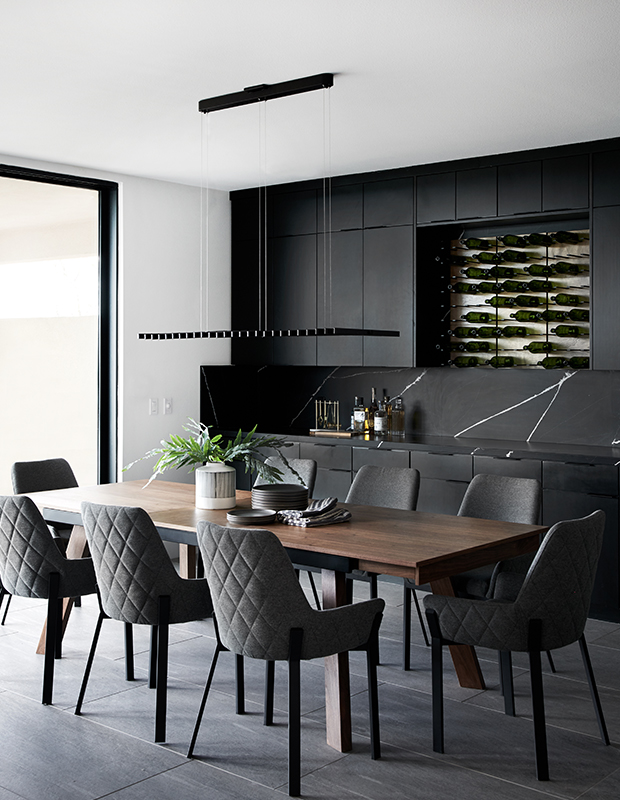
Remember, a dining room without a dining table is only a room. That’s why it’s essential to decide what the purpose of your room will be. Is it for eating & entertaining only, or will it be multi-functional, such as using the room as a workspace or gaming area? Your decision will help you determine the size and shape of the table and other pieces you will need for the space.
It’s important to keep in mind the number of people you will be hosting at one time. A leaf extension or butterfly leaf is a great option when you have a few extra guests for dinner.
The butterfly leaf is available on the Canadel (farmhouse), East Side and Downtown table styles.
3. Mix different styles of furniture
Interior design has come a long way; you don’t always have to have the traditional table with six matching chairs. You can mix and match dining furniture in several ways. Try matching the middle chairs with two captain chairs at each end of the table. Another option would be to line three sides of the table with the same style of chair and then insert a long, upholstered bench on the fourth side. To get even more creative, mix three different types of seating!
You can mix and match dining furniture in several ways. Try matching the middle chairs with two captain chairs at each end of the table. Another option would be to line three sides of the table with the same style of chair and then insert a long, upholstered bench on the fourth side. To get even more creative, mix three different types of seating!
Mixing can go beyond furniture. Today’s interior design rules say we can mix different wood colours as long as they have the same undertone. You can combine different patterns and fabric colours as long as they follow the colour wheel rules.
All you need to do is think outside the box!
Your home is such an intimate space and should reflect your personality with style. In order to be successful in achieving this, you must put the time and effort into determining your preferred design style.
Check out How to Create a dining room that Reflects your Lifestyle to learn more.
4. Find the perfect area rug for your dining table
An area rug will define your dining space. Pick a material that is easy to clean like wool or hair-on-hide and then make sure you get the right size rug.
Pick a material that is easy to clean like wool or hair-on-hide and then make sure you get the right size rug.
The dining room area rug should be large enough for the table and chairs to fit about 2 feet of additional carpet around the table. Of course, we’re talking about your dining room on a day to day basis. We’re not talking about a couple of occasions a year when you have to break out the table leaves for guests.
If the dining area doesn’t allow for the rug to be big enough, it’s better not to have an area rug under the table at all.
When the space is open-concept between the living, dining, and kitchen areas, you sometimes have limited room. The carpet is lovely to have to define each zone and achieve separation. The dining room rug should not overlap into the other areas.
To learn more about choosing the right size rug for your dining room, and the importance of texture, check out how to select the perfect area rug.
5. Dining room light fixtures
Designer Mary Lee Smyth recommends to her clients that a dimmer switch should control the main light in any dining room.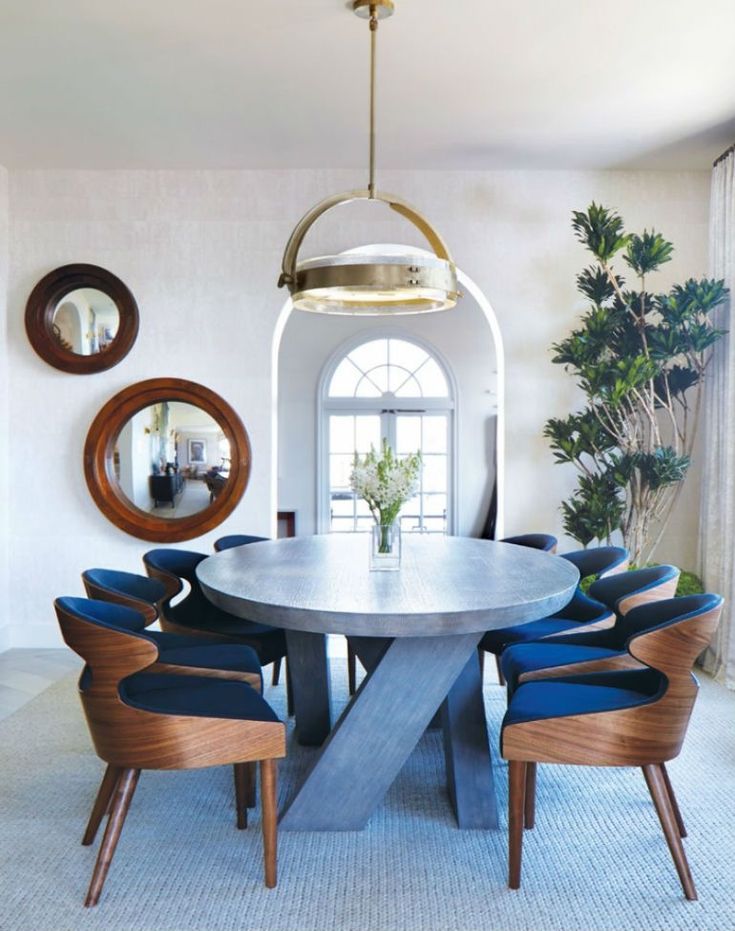 The dimmer allows you to turn up to full wattage when you need to clean and set up the dining area. Then dial the light back down when you need to create a more intimate evening.
The dimmer allows you to turn up to full wattage when you need to clean and set up the dining area. Then dial the light back down when you need to create a more intimate evening.
Your dining room chandelier is the main focal point or the “pièce de résistance” of your dining area. From contemporary to traditional, there are many options and styles to suit your room design.
The light over your table should reflect the table style and other furniture in the room. Your chandelier needs to be hung low enough so as not to have “bulb glare” in the eyes of your seated guests, yet not so low as to interfere with the conversation across the table.
Sometimes cove lighting is installed in older homes or dining rooms with high ceilings.
This type of installed lighting offers a lovely flattering light around the perimeter of a room.
Wall sconces work well as accent lighting in dining rooms. They adapt to any space and can create a romantic atmosphere, especially when paired with candlelight.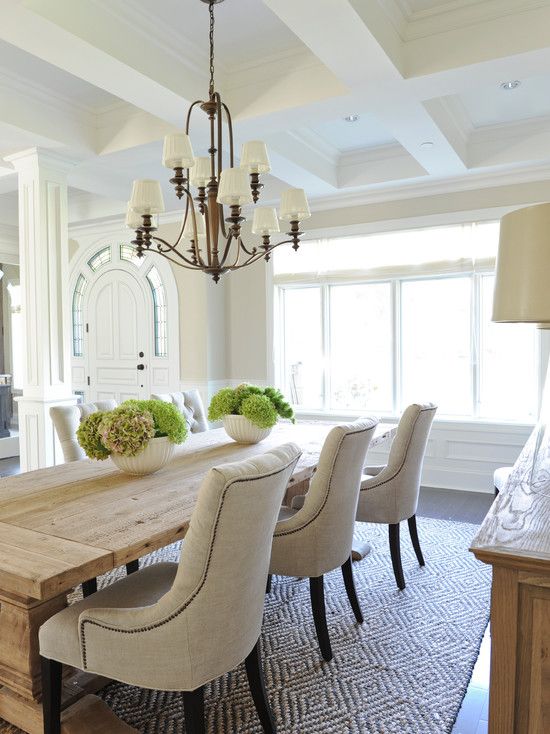
Finally, you can add lamps to your sideboard or buffet. These lamps are traditionally slightly taller than a table lamp and are called Buffet Lamps.
There’s a reason that restaurants turn down their lighting. Everything looks more appetizing, and people look their best in low lighting. A pendant light and some table lamps on the mantle can make all the difference.
6. Dining room wall decor
Your particular taste is what makes it your personal space. The art in your dining room should be something you LOVE! All you need to know are the walls’ measurements so that your specific art choices will fit.
Assemble the pieces you have for space and review your selection. Watercolours, original prints and photographs should generally be located away from direct sunlight. This said, often these pieces are framed using a special glass that protects the image from sun damage.
Begin your process by analyzing your available wall space. Generally, a small piece of art looks better when “contained” on a thinner wall.
There are many art display options to choose from for dining rooms.
- A gallery wall
- A Large mirror
- Patterned Wallpaper
- A Green wall
- A chalkboard
- Family photography
- Typography artwork
- A plate collection
- Shelves
- A patterned window treatment
- A big plant
Or a mix of two of the above.
The artwork for a room should be the last element placed in your space. Wait to hang your pieces until your area rug, hutch, cabinet, tables, chairs, and lighting are all in place.
Don’t be afraid to add mirrors and sculptural bits into the mix. Remember, this is YOUR home. It is a reflection of you and your family. When grouping pieces of art or accessories, don’t forget the rule of three.*
Check out tips on how to hang art… properly for more ideas.
*The rule of threes say that things arranged in odd numbers look more appealing, and memorable than even-numbered groupings. Three seems to be the magic number, but 5, 7, and 9 work nicely as well.
Three seems to be the magic number, but 5, 7, and 9 work nicely as well.
Choose three objects of varying height and place on shelves, sideboards and any other surface.
Next Steps
Sometimes your eye wants one thing and your budget wants another but art and decor don’t have to be expensive! Layering in decor can be done with any kind of budget, what really matters are your colour combinations and proportions. From there you can take any room in your house to the next level.
Did you know that La-Z-Boy Ottawa & Kingston sells Canadel custom dining furniture?
With Canadel, you can customize every aspect of your dining room set: materials, size, shape, leg design and wood finish.
We’re happy to answer your dining set pricing questions at any of our La-Z-Boy locations in the Ottawa and Kingston area including our Canadel store in Kanata.
Or, schedule an in-person or virtual consultation.
We know that functionality is essential in building a comfortable life, not just a stylish one. That is why we offer complimentary in-home design service should you need help designing the room of your dreams!
That is why we offer complimentary in-home design service should you need help designing the room of your dreams!
Product Info Request
Please provide us with your name and email and we'll get back to you as soon as possible regarding this item.
How to decorate a dining room - photos and design tips
There is no better room in the house for daring fantasies than the dining room, which serves as a special place for entertainment and celebrations. It does not matter whether it is connected to the kitchen or a separate space is allotted to it, you should always perceive it as a very important element in which everything should be conducive to a pleasant pastime.
Mirrors
This accessory will perfectly emphasize the individual design of the room, as well as visually expand it. Whether it is a small mirror or a full wall, the room will look richer and more luxurious with it. nine0003
If it is made in an unusual form, for example, stars, then the guests will gasp with delight. Completing the look is the interesting use of glass, silver and other reflective surfaces.
Completing the look is the interesting use of glass, silver and other reflective surfaces.
In this room, details are especially successful, such as the coincidence of the lines of the edge of the table and the chandelier above it.
Paintings
If you move away from the usual representation of two-dimensional paintings, you can find many interesting modern options. Huge luminous letters immediately set you up for joy and fun. The main thing is that the walls should be neutral. nine0003
Attention
Theatrical echoes in the design do not have to be bright and big. A few interesting details, such as lamps above the table and an interesting piece of art on the table, can do the job. It is easy to breathe in such a dining room.
Lighting
This is a very important element for this style. Lamps and chandeliers should be memorable, so you can play with colors, materials, and even the level at which they can be hung.
Eclectic
Chairs and tables in such a dining room do not have to be from the same series.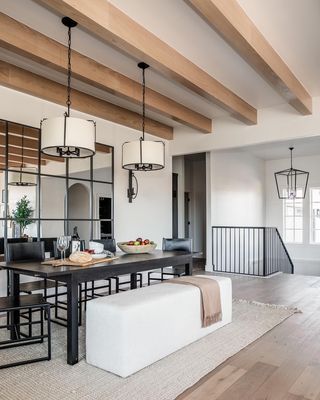 A classic table with modern chairs will create an unforgettable effect. Such a free approach can be observed throughout the interior, then it will be easier to select accessories.
A classic table with modern chairs will create an unforgettable effect. Such a free approach can be observed throughout the interior, then it will be easier to select accessories.
Accent
There are many pieces of furniture designed specifically for dining rooms that are not only beautiful but also practical. Even old familiar sideboards and chests of drawers can be converted into a new room by updating handles, legs, or all at once. nine0003
Table
The dining table is the center piece of the room, so it's worth going out of your way to wow your guests. Marble, for example, is very elegant. A stack made of chips will be even more durable than a solid piece of this breed or wood.
You can also change the shape. A rectangular table is a classic by default, but a round or square one is more conducive to conversation, especially if many people participate in it. The main thing is to make sure that the size fits the size of the room. nine0003
Wallcoverings
Models with a large pattern are more suitable for the theatrical than with a small one. If the dining room is relatively spacious, then even all four walls can be covered with such a pattern, but even one accent wall will look interesting.
If the dining room is relatively spacious, then even all four walls can be covered with such a pattern, but even one accent wall will look interesting.
Stocks
An elegant drinking bar is nice, but what about a hidden area? You can turn an ordinary sideboard into a refrigerator and add a mirrored back wall. Or even use a screen to separate a special area for drinks. nine0003 Categories: Dining room interior
Places: Interior mirror • Chandelier • Dining table • wallpaper • Lighting design
You will also like:
5 years ago
5 years ago
5 years ago
5 years ago
5 years ago
5 years ago
How to properly design a dining room - designer's advice
How pleasant it is to gather with the whole family or with guests at a large dining table. After all, that's what the dining room is for.
Dining rooms should not be underestimated, because this is one of the important places in any home where all family members get together, discuss news, share upcoming plans or just have a nice chat.
And so, the table is set. The supper is ready. Napkins are neatly folded, dishes are arranged, ice crackles in glasses, and chairs are frozen in anticipation of the owners. nine0003
When you see your dining room from this angle, it's wonderful!
But there are some basic irreplaceable things in design, without which any dining room will lose its purpose and appeal. And their rational use will give any dining room individuality and sophistication.
Today, the dining room is gradually beginning to return the lost past traditions, previously ousted from small apartments. Increasingly, in modern houses, cottages and apartments, a place is being set up for family dinners and lunches. Therefore, in the design and interior of the dining room, it is important to think through everything to the smallest detail: choose the right furniture, lighting, accessories. nine0003
Table and chairs - the basis of the dining room.
It goes without saying that no dining room is complete without a dining table and chairs.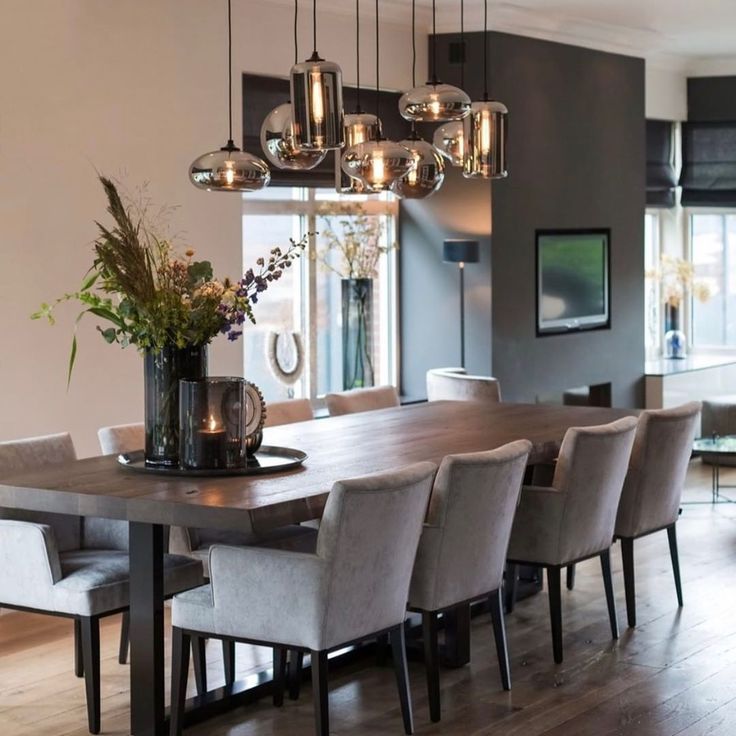 The table is the main subject of the dining room. Its shape and size will depend on your taste, the design of the room and its layout.
The table is the main subject of the dining room. Its shape and size will depend on your taste, the design of the room and its layout.
The table can be round or oval, rectangular or square, and the chairs can be with high or low backs, hard or soft seat, with curly variations. But it is important not to forget the main rule - the unity of style and color. And that your chairs match the shape, color, material and design of the table. nine0003
You can choose a furniture set of any direction, based on your tastes and preferences - from modern and classic to country and high-tech.
It is important to choose the size of the table, taking into account the size of your family, so that all its members can gather for lunch or dinner every day, fully relax and proudly stroke their bellies after a delicious meal.
An important element in dining room design that should not be overlooked is lighting.
The dining room should be bright and welcoming. Its task is to help improve appetite and please the eye. To make the dining room comfortable and cozy, it is important to think over and choose the right lighting. The light is designed to create a calm, delicate, relaxed atmosphere. nine0003
To make the dining room comfortable and cozy, it is important to think over and choose the right lighting. The light is designed to create a calm, delicate, relaxed atmosphere. nine0003
Hang a beautiful chandelier over the dining table. If the interior of the dining room is made in a simple, elegant style, then it is better to choose an expressive chandelier so that the room acquires a finished style.
For a luxurious atmosphere, a chandelier, for example, in the Victorian style, will look great. It is important to make sure that the size of the chandelier is appropriate and matches the size of the room and its style. In addition, you need to choose the right height for the chandelier so that direct light does not cause discomfort to people sitting at the table. nine0003
Number three is the buffet.
An equally important piece of furniture for the dining room is a sideboard designed to store dishes, silverware, china, napkins, tablecloths and tableware accessories.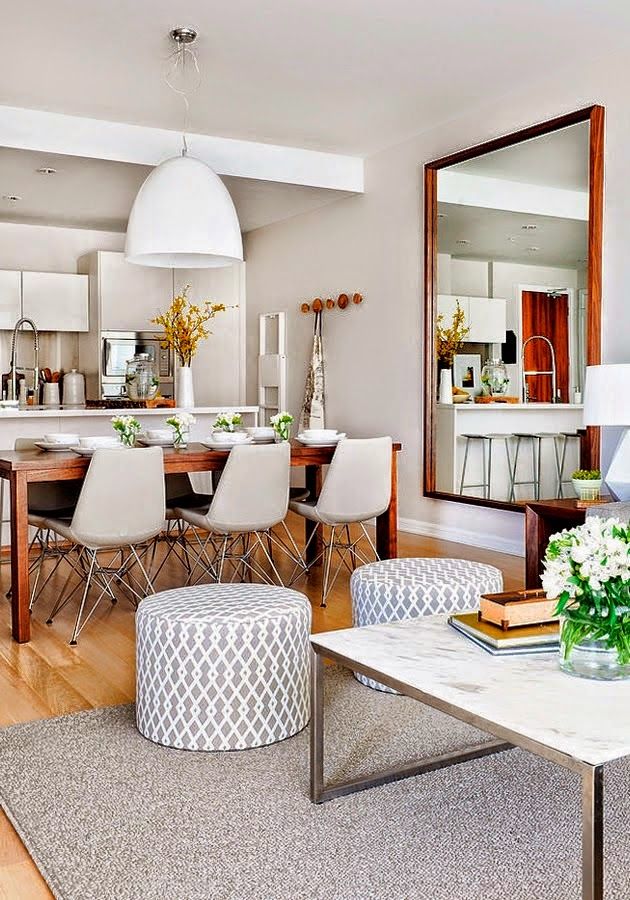
An open shelved sideboard is a very acceptable option for decorating a dining room, especially when it can accommodate non-dinner items.
Sideboards sometimes don't have a top, making them look like chests of drawers. nine0003
Many designers in England, Belgium, France, America and Scotland often use sideboards and sideboards of this kind in their interiors, which are now quite a large selection at affordable prices and to order.
Who wouldn't want a solid beech sideboard in their dining room with lots of drawers, a beautifully finished polished surface that's easy to clean and easy to use? Also, such a sideboard will be perfect for decorating its surface with your family silver or other items that are dear to you. nine0003
Fine dining room walls – design in black and white.
Do you want to bring a spark of interest in the dining room against the backdrop of quiet contemplation of silence and awkwardness?
A black and white design with finely crafted decorative wall panels can create an atmosphere of sophistication.
